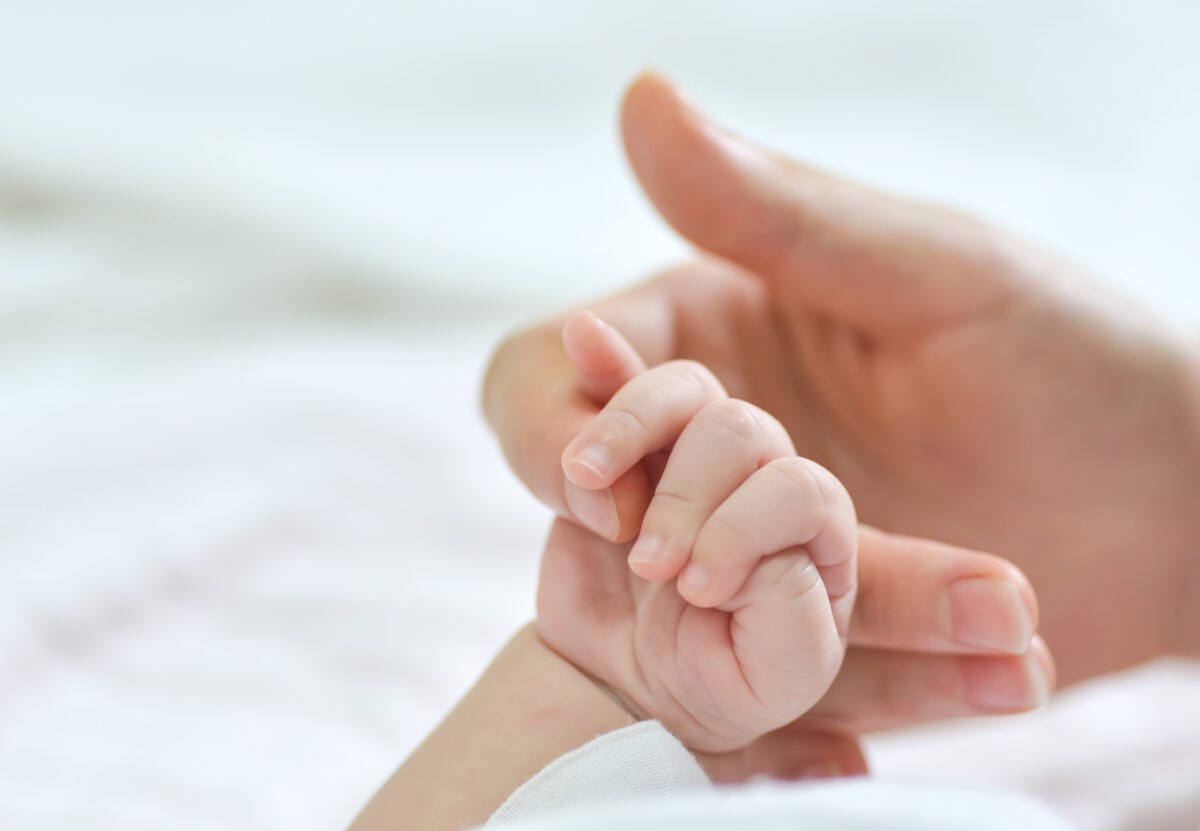Thinking about starting a family? This guide will explore the fascinating relationship between age and fertility, helping you understand your unique path to parenthood. Imagine your fertility like a beautiful melody, ever-changing and unique to you. This “biological clock” plays a key role in your childbearing journey.
As We Age…
Just like a fine wine, fertility changes over time. It starts strong in the late 20s, peaks in the 30s, and then takes a more gradual path in your 40s. While many find their “fertility sweet spot” in their early to mid-20s, there’s no one-size-fits-all answer. Today, more options exist for you to plan your parenthood journey based on your personal dreams and aspirations.
Considering Pregnancy Later in Life?
While there are some potential risks associated with delaying pregnancy, such as increased chances of gestational diabetes and slightly lower chances of conceiving naturally, it’s important to remember that there are also many advantages. Women who choose to wait may have had time to pursue personal goals and careers, and may benefit from advancements in reproductive medicine.
The key is to navigate this journey with wisdom, resilience, and hope. Be realistic about the challenges, but also stay optimistic. Remember, you’re not alone! Seek support from loved ones and healthcare professionals, and make informed decisions that feel right for you.
Fertility Options for Older Women
Advances in fertility care offer more options than ever for women considering pregnancy later in life. Assisted reproductive technologies (ART) like in vitro fertilization (IVF) can significantly increase your chances of achieving a successful pregnancy. These procedures provide valuable tools for overcoming challenges that may prevent natural conception.
In vitro fertilization, for example, involves retrieving eggs, fertilizing them with sperm in a laboratory setting, and then transferring healthy embryos back into the uterus. This bypasses potential issues with fallopian tubes or ovulation, making pregnancy possible for many women who might otherwise face difficulties. IVF is just one of several ART options available.
Other procedures include:
- Donor egg use: If your own eggs are not ideal for conception, healthy eggs from a screened donor can be used. These eggs are fertilized with your partner’s sperm or donor sperm, and the resulting embryos are transferred to your uterus for pregnancy.
- Donor sperm use: In cases of male factor infertility, sperm from a screened donor can be used to fertilize your own eggs. This allows you to carry a genetic link to your child.
- Surrogacy: If you are unable to carry a pregnancy yourself due to medical reasons or other factors, gestational surrogacy may be an option. A gestational carrier uses a donated or your own fertilized egg and carries the pregnancy to term for you.
By consulting with a fertility specialist, you can explore the various ART options available and determine the most suitable course of treatment to help you achieve your family-building goals.
Over to you
Whether you’re just starting your fertility journey or already on your way, remember: there’s no single “right” path to parenthood. Embrace your unique journey, understand your options, and don’t hesitate to seek support. With knowledge, resilience, and a sprinkle of hope, you can navigate this beautiful and empowering chapter in your life.
While this guide provides a general overview, it’s crucial to remember that every woman’s fertility journey is unique. To gain a deeper understanding of your own body and fertility potential, talking to a healthcare professional is essential. They can provide personalized guidance, address your specific concerns, and recommend appropriate screening tests.
These tests can offer valuable information about your ovarian reserve, which helps determine the number and quality of your eggs. By working together with your doctor, you can make informed decisions about your family planning journey, feeling empowered and confident every step of the way.
AllHer: Health and Wellness at Every Stage
Taking an active role in your health empowers you to make informed decisions and embark on a fulfilling journey towards a healthier, happier you. Explore our at-home test kits designed for women, empowering you to take charge of your health conveniently and discreetly.

Sources:
Gupta, P., & Magon, N. (2020). Management of infertility in women with polycystic ovary syndrome: An up-to-date review. Obstetrics and Gynecology Science, 63(6), 645–664. https://doi.org/10.5468/ogs.20049
National Institute of Child Health and Human Development. (n.d.). Infertility. https://www.nichd.nih.gov/health/topics/infertility
National Center for Biotechnology Information. (2019). Endotext [Internet]. MDText.com, Inc. https://www.ncbi.nlm.nih.gov/books/NBK576409/
World Health Organization. (n.d.). Family planning/contraception. https://www.who.int/news-room/fact-sheets/detail/family-planning-contraception
Better Health Channel. (n.d.). Age and fertility. Better Health Victoria. https://www.betterhealth.vic.gov.au/health/conditionsandtreatments/age-and-fertility#:~:text=A%20woman%20in%20her%20early,monthly%20cycle%20is%20around%205%25.
National Center for Biotechnology Information. (2012). Principles of endocrine physiology. In L. J. De Groot, P. Beck-Peccoz, G. Chrousos, K. Dungan, A. Grossman, J. M. Hershman, … & D. P. Merke (Eds.), Endotext. https://www.ncbi.nlm.nih.gov/books/NBK215219/


Excellent web site. Lots of useful information here. I? sending it to a few buddies ans additionally sharing in delicious. And of course, thanks for your sweat!
Wow that was odd. I just wrote an extremely long comment but after I clicked submit my comment didn’t appear. Grrrr… well I’m not writing all that over again. Anyhow, just wanted to say superb blog!